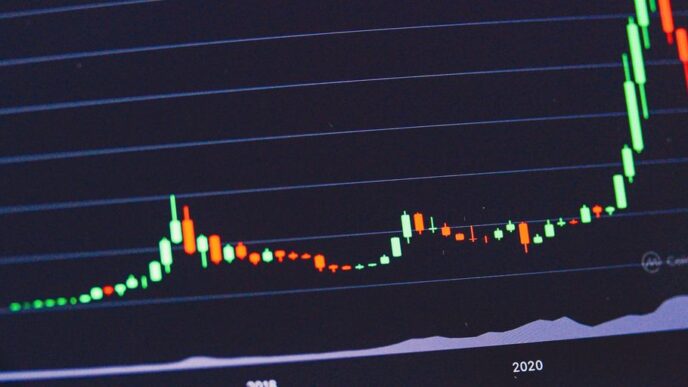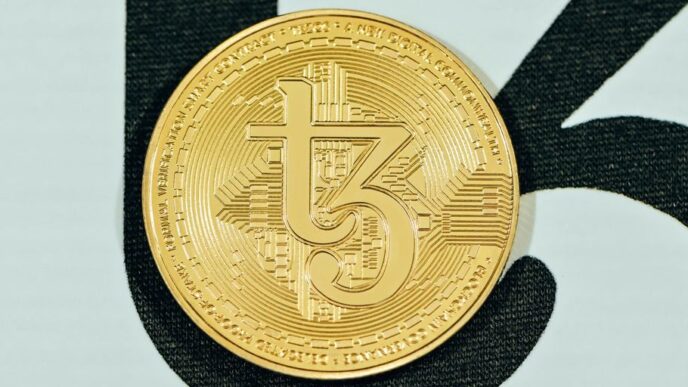Bitcoin’s hash rate has recently surged to unprecedented levels, reaching a staggering 852 EH/s (exahashes per second). This remarkable achievement marks a significant milestone in the cryptocurrency’s evolution, bringing the industry closer to the anticipated zettahash era. As miners ramp up their operations, the implications for the Bitcoin network and its future are profound.
Key Takeaways
- Bitcoin’s hash rate has reached 852 EH/s, setting a new record.
- The increase in hash rate indicates a growing interest and investment in Bitcoin mining.
- This surge brings the cryptocurrency closer to the zettahash era, which is expected to enhance network security and efficiency.
Understanding Hash Rate
Hash rate is a measure of computational power used in the Bitcoin network to validate transactions and secure the blockchain. A higher hash rate means more miners are participating in the network, which enhances its security and resilience against attacks. The recent spike in hash rate reflects a robust mining ecosystem and increased confidence in Bitcoin’s long-term viability.
Factors Contributing to the Surge
Several factors have contributed to the recent increase in Bitcoin’s hash rate:
- Technological Advancements: New mining hardware has become more efficient, allowing miners to achieve higher hash rates with less energy consumption.
- Increased Investment: Institutional interest in Bitcoin has surged, leading to more investments in mining operations.
- Market Conditions: A favorable market environment, including rising Bitcoin prices, has incentivized miners to expand their operations.
Implications for the Bitcoin Network
The rise in hash rate has several implications for the Bitcoin network:
- Enhanced Security: A higher hash rate makes the network more secure against potential attacks, as it requires more computational power to compromise.
- Transaction Speed: With more miners validating transactions, the network can process transactions more quickly, improving user experience.
- Mining Competition: As more miners enter the space, competition increases, which can lead to more innovation and efficiency in mining practices.
The Road to the Zettahash Era
The zettahash era refers to the future state of the Bitcoin network where the hash rate reaches zettahashes (1 ZH/s = 1,000 EH/s). This transition is expected to bring about:
- Greater Scalability: The network will be able to handle a larger volume of transactions, accommodating the growing user base.
- Improved Decentralization: A higher hash rate can lead to a more decentralized network, reducing the risk of centralization among mining pools.
- Sustainability Initiatives: As the industry evolves, there is a growing focus on sustainable mining practices, which could lead to a greener Bitcoin ecosystem.
Conclusion
The recent record-breaking hash rate of 852 EH/s is a testament to the resilience and growth of the Bitcoin mining industry. As the network approaches the zettahash era, the implications for security, transaction speed, and overall network health are significant. This milestone not only reflects the current state of Bitcoin but also sets the stage for its future development in the ever-evolving cryptocurrency landscape.














